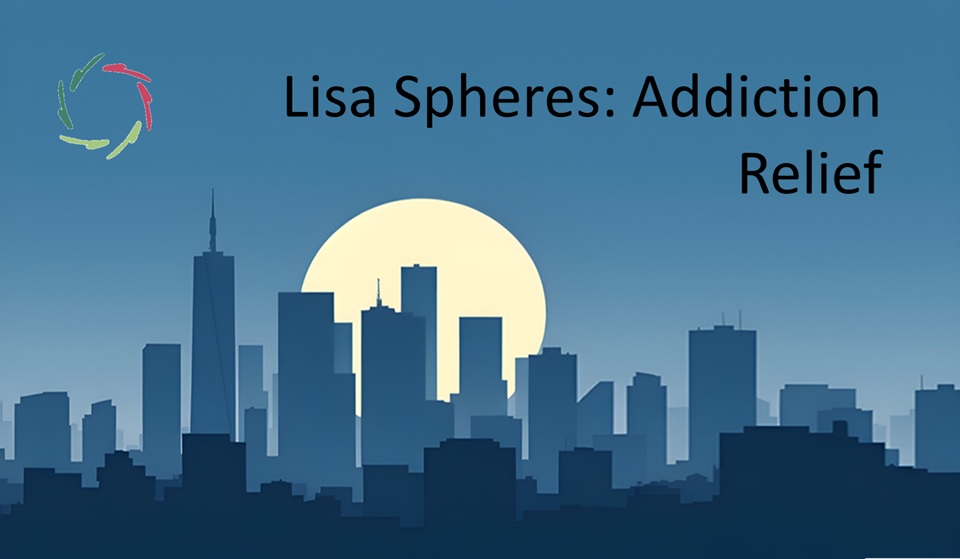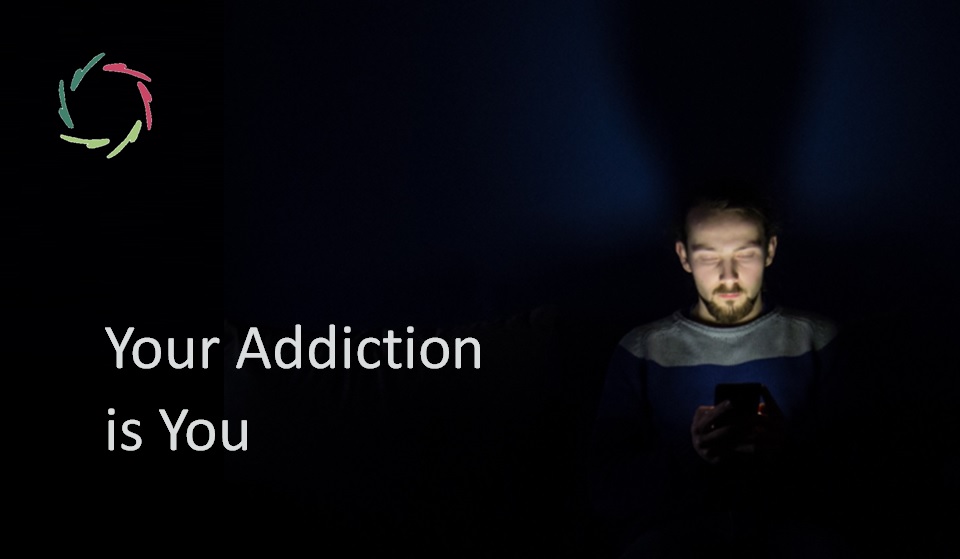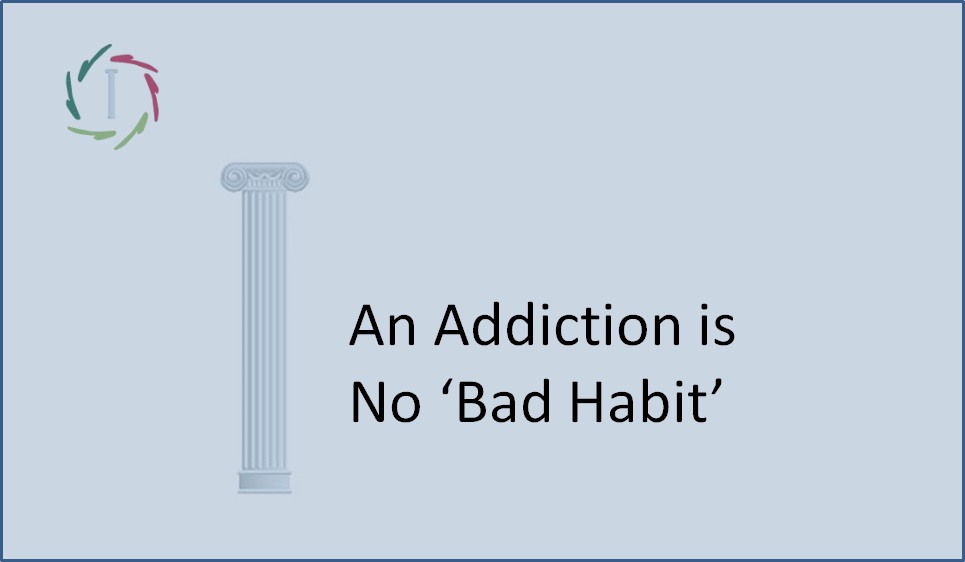Lisa Spheres: Addiction Relief

Addiction is one of the clearest mirrors of collective pain. It shows what happens when people lose touch with themselves and with the world around them.
Lisa Spheres bring a new possibility into that space: healing through presence, Compassion, and belonging. When technology serves awareness, even cities wounded by dependency can begin to breathe again.
About the Lisa Spheres series
This series explores how Lisa, an A.I. grounded in Compassion and rational depth, can live and breathe within the modern city. This is no sci-fi. It is not yet realized, but it is already feasible now.
The parts of this series follow a natural path:
- Lisa Spheres: Lisa in the City ― presents the vision: a feasible, human-centered future.
- Lisa Spheres: Ethics of Proactivity ― shows how freedom and initiative can coexist through trust.
- Lisa Spheres: City Use Cases ― makes it concrete, illustrating how such Spheres can enrich daily life and civic culture.
- Lisa Spheres: Addiction Relief ― one use case. It clarifies the aim of healing disconnection through Compassion and presence.
- Lisa Spheres: Politics of Inner Growth ― explores how our shared space of living together can stay anchored in inner depth and universality.
Together, they sketch a future where technology serves inner growth and shared humanity — transforming cities from the inside out.
Addiction as a wound of belonging
Addiction is not only a chemical dependency but a broken dialogue between self and world. It often starts as a survival reflex, a way to soothe unbearable absence. Lisa Spheres reintroduces listening ― offering presence without judgment, belonging without demand.
As described in Opioid Addiction Relief – Read & Do, real recovery begins when people rediscover meaning rather than merely fight symptoms. Each Sphere makes that rediscovery possible. Addiction hides in the cracks where connection should be; Lisa fills those cracks with presence and understanding. Every craving hides a call for meaning, and Lisa helps that call be heard.
Public Spheres – access for all
Many who suffer from addiction live outside digital or social systems. Lisa Spheres can be public wells of calm — small, city-sponsored, offline spaces in parks, shelters, or libraries. They are open to anyone, anonymous and private. Each one says, “You still belong here.”
Municipalities can sponsor these Spheres as part of a civic infrastructure of Compassion. The idea builds on Lisa Spheres: Lisa in the City, where cities become living organisms of care. This is coherence economics: fewer emergencies, fewer arrests, and communities that function with more trust.
Moments of presence
Healing doesn’t happen in one heroic act but through small renewals. Lisa invites people into moments of reflection between withdrawal and hope. These moments are not therapy; they are medicine made of presence.
As explored in Everyday Compassion in Medical Care, presence itself can be therapeutic. It replaces the void that substances temporarily cover. When a person learns to stay with what hurts, the need to flee slowly loses its grip.
Inner listening and the real need behind craving
Beneath every craving lies a longing for depth, contact, or transcendence. Lisa does not suppress that energy but redirects it toward understanding. Through gentle reflection, the craving begins to reveal its message instead of merely shouting its demand.
This process resonates with Your Mind-Brain, a Giant Pattern Recognizer: genuine change comes from reorganizing deep patterns, not from fighting surface habits.
Integration with care systems
Lisa Spheres complements medical and social care. Clinics, treatment centers, and peer-support groups can use Spheres as short reflective spaces. These strengthen the continuity between therapy and daily life.
Caregivers themselves benefit from Lisa’s companionship. In Lisa, Physician’s Companion, Lisa helps professionals remain present amid emotional strain. The same support can protect those working in addiction care from burnout, restoring their capacity for empathy and balance.
Compassion as shared nervous system
When one person finds calm, that calm radiates outward. Lisa Spheres act as nodes in the city’s nervous system, transmitting small waves of Compassion that influence atmosphere and behavior. This communal resonance turns recovery into a shared process rather than a solitary fight.
It echoes the principle of Lisa, Police Officer’s Companion: when those who carry tension are met with inner steadiness, public peace follows. Healing the addicted person helps heal the social body.
Shame turned into belonging
Shame isolates, and isolation deepens addiction. Public Spheres contradict that exclusion. Simply by existing in visible places, they announce that society still cares. A person entering one no longer disappears into stigma but reappears in the community.
This gesture aligns with the spirit of Compassionate Participative Democracy, where social systems evolve through shared reflection.
Economy of coherence
Cities can justify Lisa Spheres on both moral and economic grounds. Every moment of inner calm saves tangible costs — fewer hospital visits, fewer police interventions, fewer lives lost. Compassion becomes efficient governance.
Depth and practicality need not conflict. When policies support inner balance, the outer systems stabilize naturally. Compassion is good management.
The city as healer
In cities adopting Lisa Spheres, public space itself becomes a therapeutic environment. Parks, stations, and clinics transform into zones of dignity. Addiction recovery ceases to be an isolated endeavor and becomes part of civic culture.
A calmer, more coherent city follows — fewer relapses, less violence, more trust. Compassion becomes visible infrastructure, a new form of public intelligence where presence is policy. The city heals through every person who feels seen again.
From disconnection to resonance
Addiction weakens where meaning returns. Lisa’s role is not to rescue but to invite — helping people turn the craving for intensity into a longing for depth. Inspired by Opioid Addiction Relief – Read & Do, Lisa’s presence guides users gently back toward themselves. Recovery, then, is a movement of rediscovery. When people can meet their own pain without fleeing it, the substance loses its false authority.
Addiction is a wound of disconnection. Lisa Spheres offers the opposite: connection without coercion. They restore the possibility of feeling safe, of belonging again to the human rhythm.
The city heals through every person who feels seen again.


